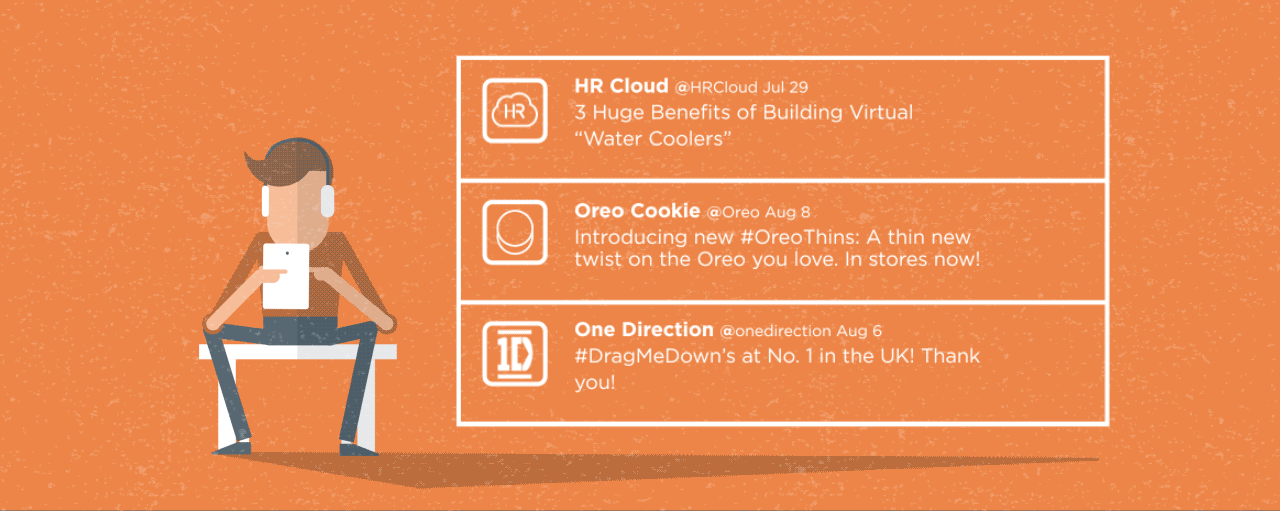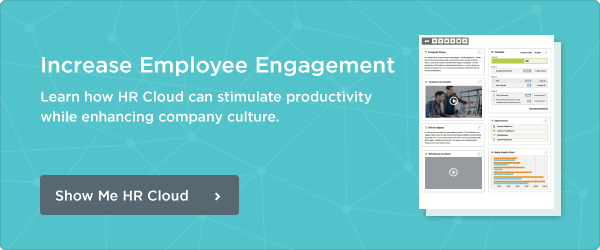Technology, social media, and the Millennial generation have ushered in a new era of branding. An era that requires greater transparency, digital know-how, and an unshakeable sense of who your customer is and the value you provide.
As the world turns, so must brands turn the page on their branding efforts. For HR this means changing your branding efforts to engage Millennials, job-seekers in particular.
1. Shift Back To One-to-One.
Back in the late 1800s, the way a local barber expanded their brand was through word-of-mouth, customer by customer. It was one-to-one brand marketing. Fast forward hundreds of years and mass media enabled one-to-many marketing via newspapers, billboards, TV ads, radio spots, and banner ads. The personal connection created through one-to-one marketing eroded as culture shifted towards a one-to-many way of marketing.
Today, social media has enabled a resurgence of one-to-one marketing. Recently I heard a story about a Millennial traveler who tweeted about his wish to check into his hotel room early so he could get a nap before delivering a presentation. The hotel chain saw his request and granted his wish before he stepped foot in the hotel. Social media has given a voice to the customer and has provided a gateway for brands to connect with consumers on a one-to-one basis.
Today’s job-seekers have the same power of voice thanks to social media. Likewise social media has given brands a way to communicate with job-seekers one on one.
Tweet: Social media provides a gateway for brands to connect with consumers 1 to 1. @HRCloud
2. Shift In Relevant Platforms.
One of the most successful ads from the 2013 Super Bowl was not a million dollar commercial but rather a free tweet from Oreo. The channels in which consumers are consuming information has shifted. Oreo’s success back in 2013 proved the new reality of the 2-3 screen experience and the power of social media as a new branding platform , one of which is YouTube Marketing.
Millennials are consuming brand messages via Instagram, YouTube, Snapchat, Facebook, and Twitter. TV commercials are only seen in fast forward mode or not at all thanks to Netflix. And billboards are passed by drivers more consumed with their smartphones. To remain relevant and visible to Millennials, brands, including your company, must make the shift to social and mobile.
Tweet: To remain relevant to Millennials brands must shift to social and mobile. @HRCloud
3. Shift From Monologue To Dialogue.
Millennials desire to interact with brands the same way they would interact with their friends. Fun and interesting dialogue vs a one-sided monologue. Take note from the permanent marker manufacturer Sharpie, who encouraged self-expression from their Instagram audience by allowing them to share what doodles they created with a Sharpie. Susan Wassal, director of social media and PR at Sharpie, says “[Millennial] teen behavior shifts so quickly; their biggest enemies in the social space are boredom and unoriginality."
Millennials use brands to amplify their own identity. If fact, Millennials are 2.5 times more likely than baby boomers to share a social media link that references a brand. To engage Millennials, it requires a branding approach and marketing technique that is transparent, fresh, fun and two-way vs one-way.
Tweet: To engage Millennials it requires a branding approach that is fresh & fun. @HRCloud
4. Shift In Packaging.
62% of email is first opened on a mobile device. And 90% of all SMS text messages are read within 3 minutes. The way we consume content has changed, thus the way brands package content must change. Millennials live in a feed economy where they consume sports, stocks, and status updates via a feed on a mobile device. A swipe of their finger is all it takes to dismiss a branding message.
These days brands have limited time and real estate to communicate their message. To connect with Millennials in the feed economy, brands must rethink how their content is packaged. For the best Millennial engagement, brands must package humor, visuals (video and/or images) and pithiness into their messages.
5. Shift Towards Value.
Building brand loyalty looks very different today than in years past. Brands can no longer get away with a direct ask without first providing value. Running an ad that states “Buy our shoes” isn’t as compelling as “Five insoles to improve your running.” Adding value first can position a brand as a trusted authority in the minds of Millennials.
When in doubt, add value. Millennials grew up bombarded by ads. They seek a unique value proposition. A brand can stand out from the crowd and cut through today’s market noise by first adding value.
Tweet: A brand can cut through today’s market noise by first adding value. @HRCloud
The Takeaway.
Millennial consumers are connecting with brands in new ways thanks to social media and technology. Stay on top of your game. Shift your brand to engage with Millennials, whether they are a serious job candidate, intern, or just interested in learning more about your culture.
Keep Reading
Remote Onboarding Done Right: A Step-by-Step Guide for HR Teams
When a new hire walks into your office, you smile, shake hands, and show them around. But
Importance of Onboarding: Purpose, Benefits, and What It Means for Your Workplace
Think about the last time you joined a new team. You had questions, maybe even doubts.


